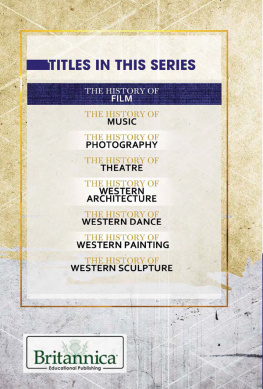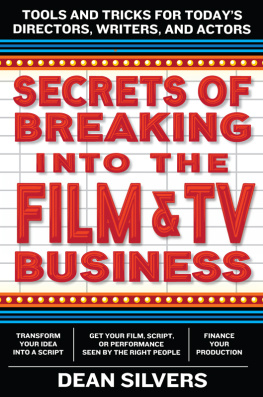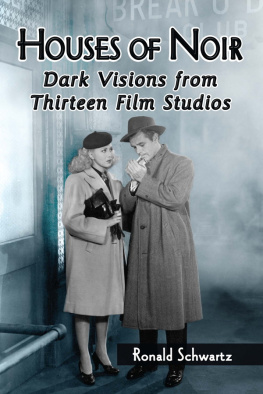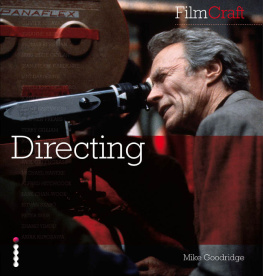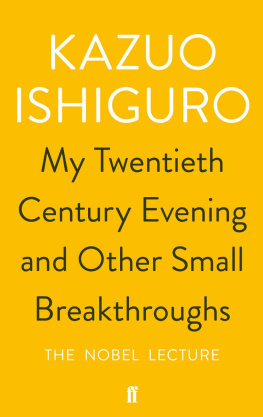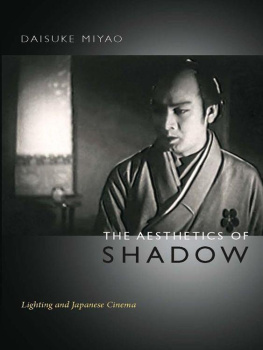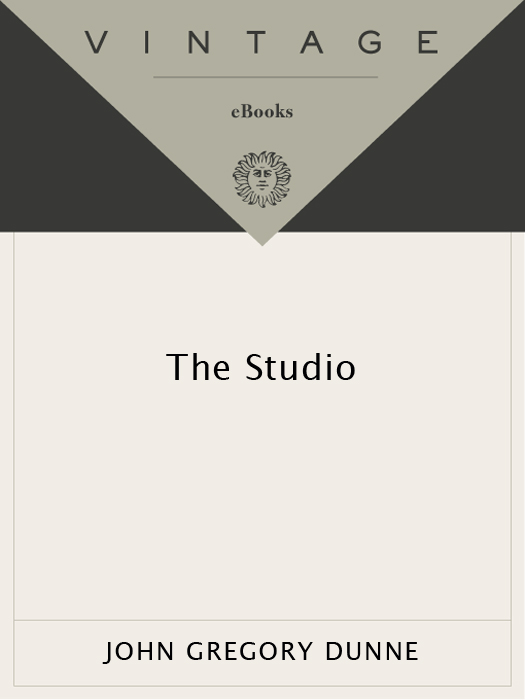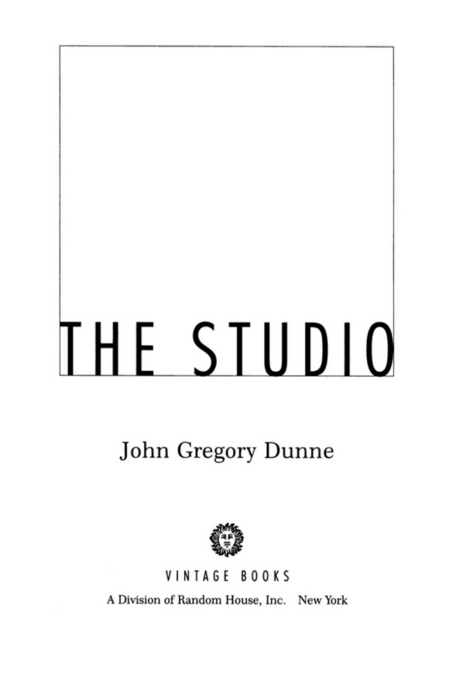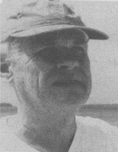
John Gregory Dunne
THE STUDIO
John Gregory Dunne was born in Hartford, Connecticut, and attended Princeton University. He is the author of twelve books, including Nothing Lost; Vegas; True Confessions; Dutch Shea, Jr.; The Studio; and Playland. He was a regular contributor to The New York Review of Books and The New Yorker. He died in 2003.
Also by JOHN GREGORY DUNNE
Nothing Lost
Monster
Playland
Crooning
Harp
The Red White and Blue
Dutch Shea, Jr.
Quintana and Friends
True Confessions
Vegas
Delano
FIRST VINTAGE BOOKS EDITION, MARCH 1998
Copyright1968, 1969, 1985, 1998, copyright renewed 1996, 1997 by John Gregory Dunne
All rights reserved under International and Pan-American Copyright Conventions. Published in the United States by Vintage Books, a division of Random House, Inc., New York, and simultaneously in Canada by Random House of Canada Limited, Toronto. A slightly revised paperback edition was published in 1985 by Limelight, New York. Originally published in hardcover in the United States by Farrar, Straus & Giroux, Inc., New York, in 1969.
Library of Congress Cataloging-in-Publication Data
Dunne, John Gregory, 1932
The studio / John Gregory Dunne.
p. cm.
Originally published: New York : Farrar, Straus & Giroux, 1969.
eISBN: 978-0-307-81760-0
1. Twentieth Century-Fox Film Corporation. 2. Motion picture industryUnited States. I. Title.
PN1999. T8D8 1998
384.806579494dc21 97-36329
Author photographQuintana Roo Dunne
Random House Web address: http://www.randomhouse.com/
v3.1
For Jean and Brian Moore
Contents
Introduction to the Vintage Edition
I tend to distrust, and almost never read, books about show business, in particular those about the motion picture community. Too many are written by people who secretly yearn to become communicants at the altar of fame where the religion of film is consecrated. Envy is the currency of such writers. The warts and all approach to which they gravitate (recognizing the readership value of the deep, if unsubstantiated, dish) generally means all warts, exposed of course in the interest of truth, thus evening the otherwise unequal equation between unknown author and too well-known subjects. The crimes and misdemeanors of personality tend to take precedence over the work; what is base is valued in these volumes more than what may be lasting. This is not to say that the sources themselves are without sin or an agenda; there is nothing like the printed word, especially if it is unattributed, for massaging an ego, justifying a career, settling a score, or kissing an ass.
Most of these books belong to the literature of anecdote. Facts are unforgiving, while anecdotes are only factoids of questionable provenance, burnished to a high gloss and purged of nuance and subtext in the interest of keeping the narrative flowing. For best effect, they are usually set against gilded venues (or mean streets for contrary effect) and populated with the famous, the infamous, and the familiar, as if fame, infamy, gilded venues, and mean streets certified authenticity. Whether biographical or autobiographical, all anecdote is essentially self-aggrandizing, allowing the anecdotalist to bask in his or her own created (or someone elses reflected) glory, and to demonstrate whatever it is in the anecdotalists interest to demonstrate, either for his or her own good fortune, or someone elses ill fortune (an equally winning hand under certain propitious conditions). Since these anecdotes are usually provided by professional storytellers, the not altogether unbecoming result is that the stories show folk tell about themselves have the shorthand sense of being scenes from a screenplay, with dialogue, set decoration, and camera movements. In such circumstances, the narrative is all, and truth an acceptable casualty.
What makes accurate books about the machinery of the movie business so rare is the difficulty of obtaining access. For all their grandiosity, for all their ability to infuriate, movie people are rarely stupid. What they cannot control they do not trust, and a reporter with access they view as others might a terrorist. I have a friend, a producer of some significance, who kept getting calls from the press (or the media, as movie people invariably call the press) during the production of one of his pictures; was there trouble and temperament on the set between his stars? Absolutely not, he would tell each reporter, but have you heard whats happening on the Streisand picture? In a single call, he both averted investigation of his troubled set, and, by pointing the reporter toward another troubled set, won a marker he could perhaps later redeem.
I have no idea why Richard Zanuck gave me free access to Twentieth Century Fox while I was researching The Studio. I am sure that Lillian Ross, the author of Picture, has no idea why Dore Schary and John Huston let her have the run of the set and the MGM offices and cutting rooms during the production of The Red Badge of Courage. And sure also that Julie Salamon wonders why no one realized that her presence on the set of The Bonfire of the Vanities was counter to their best interests as she recorded what became The Devils Candy. In each instance, I suspect, a combination of hubris and aberrant behavior. With no false modesty, let me say that Picture, The Devils Candy, and The Studio are the three best books outsiders have written about how American movies are made. The debt that Ms. Salamon and I owe to Lillian Ross is incalculable; she did it first, seventeen years before I did The Studio, forty years before Ms. Salamon wrote The Devils Candy: she proved it could be doneif you had the access.
If there is one thing these three books have in common, it is the respect the three of us gained for the people who make pictures. It is brutally hard work, sixteen-to-eighteen-hour days, seven days a week, and the closer a picture edges toward disaster, the harder the filmmakers work to prevent it. There are no surprises: everyone can smell a stiff in the making. Having worked myself in the movie business as a screenwriter for nearly thirty years, I know now there is something I missed in The Studio. It is easy to report, and to make light of, the feuds and duplicity, the alliances and conspiracies, that occur on every movie. It is another thing altogether to be part of them, to be overcome with the rages brought about by some minor malfeasance, or even by not getting your own way. Tension is the given of any movie, and it has less to do with ego than with the intensity of short-term relationships, a lifetime lived in a seventy day shoot; if there are location romances, there are also equally irrational location hatreds.
I missed that, but otherwise The Studio is not half bad.
New York
August 1997
Foreword
I finished The Studio


